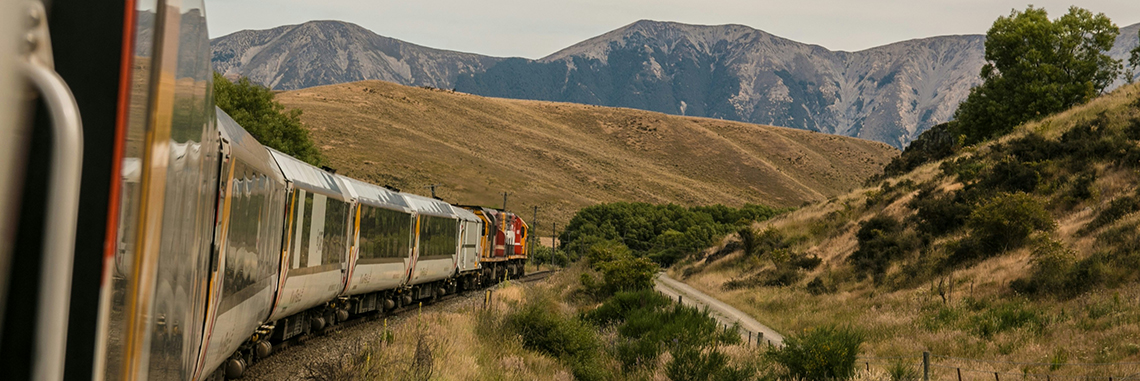Sustainable Travel: Cleaner Ways of Getting Around

By Toni Ulled, beeletter.org
Travelling is among the most enriching personal experiences, but also an activity that has one of the most significant impacts on the planet. Planes, cruise ships, cars… The global tourism boom is already responsible for 8,8% of carbon emissions and shows no sign of slowing down. The good news is that there are more sustainable ways of getting around. Changing the way we travel can make a huge difference.
What is sustainable travel?
It is a form of travelling and discovering new places while minimizing our environmental impact, respecting local cultures, and contributing to the development of the communities we visit. It is not a question of not travelling, but of travelling more conscientiously. And doing so with common sense.
Why does it matter how we travel?
Transport represents almost 25% de las emisiones globales de CO2, and tourism-related travel plays an increasingly significant role in this. Getting around in more sustainable ways helps reduce the use of fossil fuels, protects ecosystems, and improves air quality. For this reason, it is essential to keep the following in mind:
1. Choose modes of transport with a lower carbon footprint
The train is the most sustainable form of transport for medium or long-distance travel, especially in Europe. Buses are also a good option in some countries. If you must fly, opt for direct flights and compensate for the emissions when buying your ticket. Once you arrive at your destination, try getting around on a bicycle, on foot or public transport.

Travelling by train
2. Opt for destinations that are nearby or accessible without air travel
Sometimes there is no need to fly halfway across the world to discover amazing places. Exploring your own or neighbouring countries reduces the need to fly and allows for slower, more immersive and sustainable tourism.
3. Travel light
The heavier your luggage, the more fuel the transport in question will consume. Packing only the essential is an easy way of reducing your impact.

Using a rucksack as luggage
4. Avoid mass tourism
Large tourist resorts, cruise ships or fast-paced tours usually have a high environmental and social price tag. Opt for small-scale, locally managed accommodation and experiences that help support the economy of the place.
5. Respect nature and local culture
Don’t gather plants, feed wild animals or leave garbage behind. Choose guides or activities that respect the environment and learn about the local culture prior to your arrival. Leave the place without a trace. Wherever you go, behave in ways you wish others would when they visit the place where you live.
6. Consider ecotourism
Ecotourism is a type of nature-oriented travel that prioritizes environmental conservation and the well-being of local communities. It usually involves environmentally-friendly accommodation, local guides, and low-impact activities.

Ecotourism in nature
7. Small actions make a difference
Bring your own water bottle and avoid plastics. Use car-sharing or bike-rental apps. Stay with hosts who are committed to sustainability. Offset your emissions with trustworthy projects like MyClimate or CO2logic.
Sustainable tourism not only reduces our environmental footprint but can act as a positive agent for change. It supports local economies, protects fragile environments, and transforms the way in which we engage with the world. We don’t have to become obsessive and check off every item on this list every time we travel, but we do have to become more aware that often small actions and choices can make a big difference.
